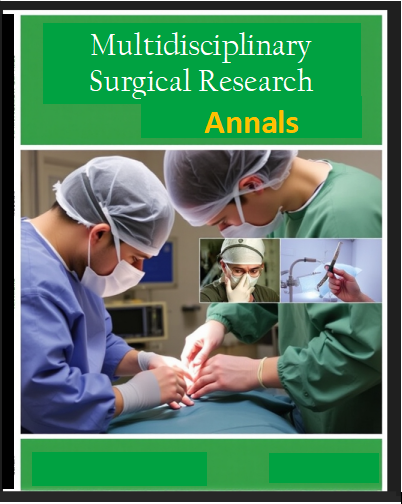Frequency of Borderline and Histrionic Personality Traits in Patients of Conversion Disorder in Psychiatry Units of Tertiary Care Hospitals at Peshawar
DOI:
https://doi.org/10.62019/e80x0772Abstract
Objective: To measure the frequency borderline & histrionic personality traits in individuals with Conversion Disorder and its associations with demographic variables of the patient. Methodology: This descriptive cross-sectional study used a sample of 270 diagnosed patients with conversion disorder (Functional Neurological Disorders, FNDs) at psychiatric hospitals in Peshawar, Pakistan. Non-probability convenience sampling was used to select participants for the strict eligibility criteria set for inclusion/exclusion in order to eliminate bias in the results. The modified form of IPDE screened Personality traits, that is, Borderline personality traits and Histrionic personality traits. The researchers collected information about public understanding through qualitative evaluations and recorded several demographic elements, including age, marital status, education level, and gender. They then statistically evaluated the data using SPSS version 22. Result: Personality disorder traits among conversion disorder patients, 28.1% (n=76) exhibited borderline traits, 15.9% (n=43) displayed histrionic traits, 26.7% (n=72) had both borderline and histrionic traits, and 29.3% (n=79) showed neither trait. Histrionic traits were most common in the 19–40-year age group, followed by 12-18 years and 41-65 years. Borderline traits were also prevalent in this age group. Married individuals had a higher frequency of both traits than unmarried individuals. Females had higher frequencies of histrionic and borderline traits. Secondary education level having the highest frequency of both traits. The middle-class SES had the highest frequency of both disorders’ traits. Correlation analysis showed significant associations between some demographic variables and personality traits. The chi-square test indicated a significant association between age and histrionic traits (χ²=13.649, p=0.0324) and age and borderline traits (χ²=19.255, p=0.0155), with weak positive correlations. However, marital status did not show significant associations with either trait. Education level was significantly associated with borderline traits (χ²=53.122, p=0.017) but not with histrionic traits. Conclusion: Research findings established associations between these personality traits and eight demographic factors, although marital status did not produce meaningful correlations. The findings underscore the complexity of FND and its intersection with personality traits, emphasizing the need for targeted psychosocial interventions tailored to specific demographic profiles.
Keywords: Functional Neurological Disorder, Borderline, Histrionic, Personality Disorder, IPDE, Traits




